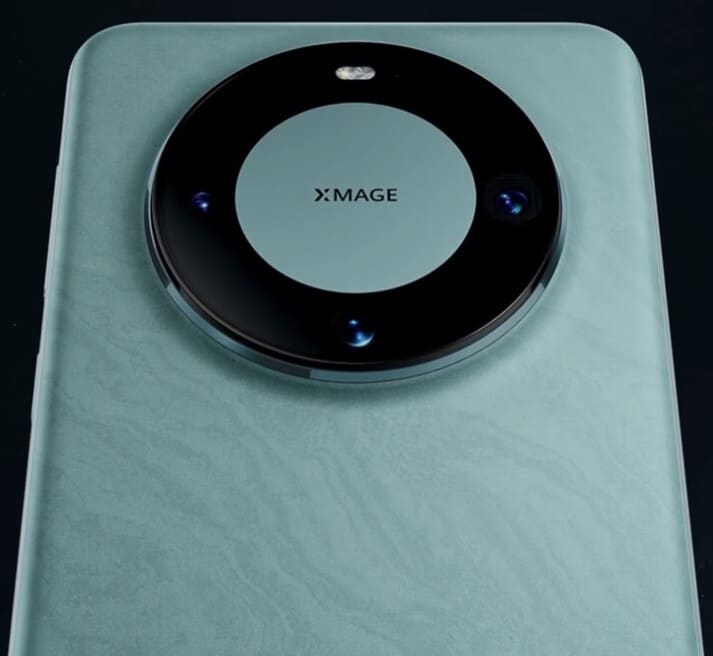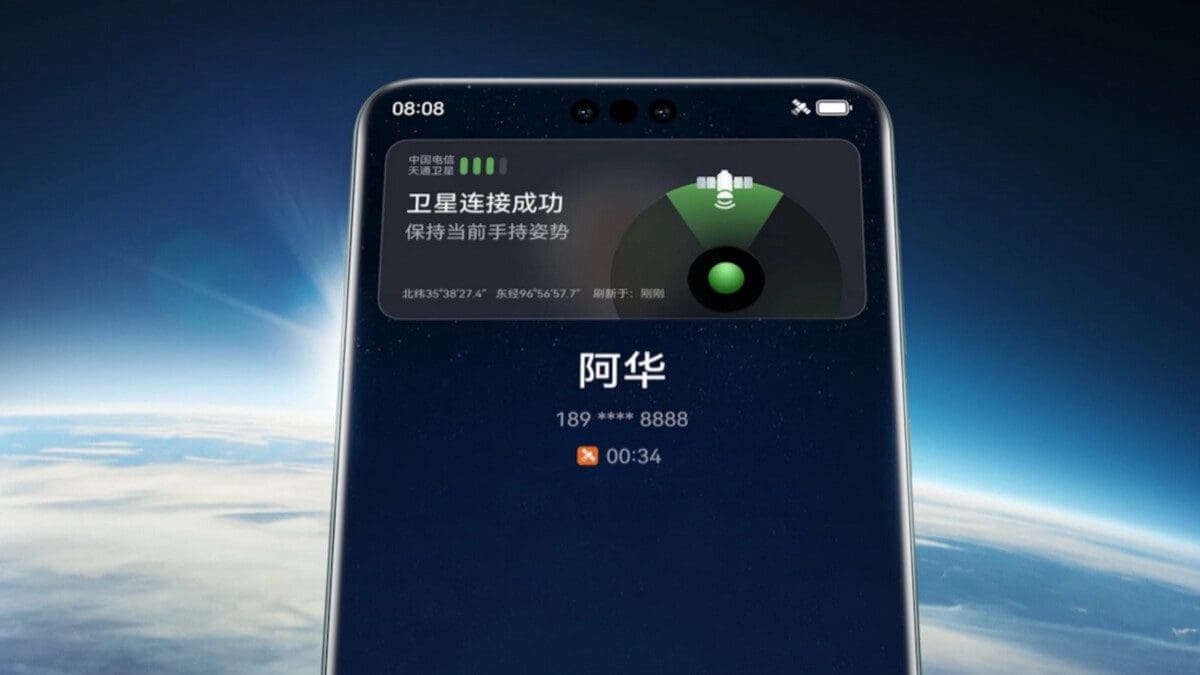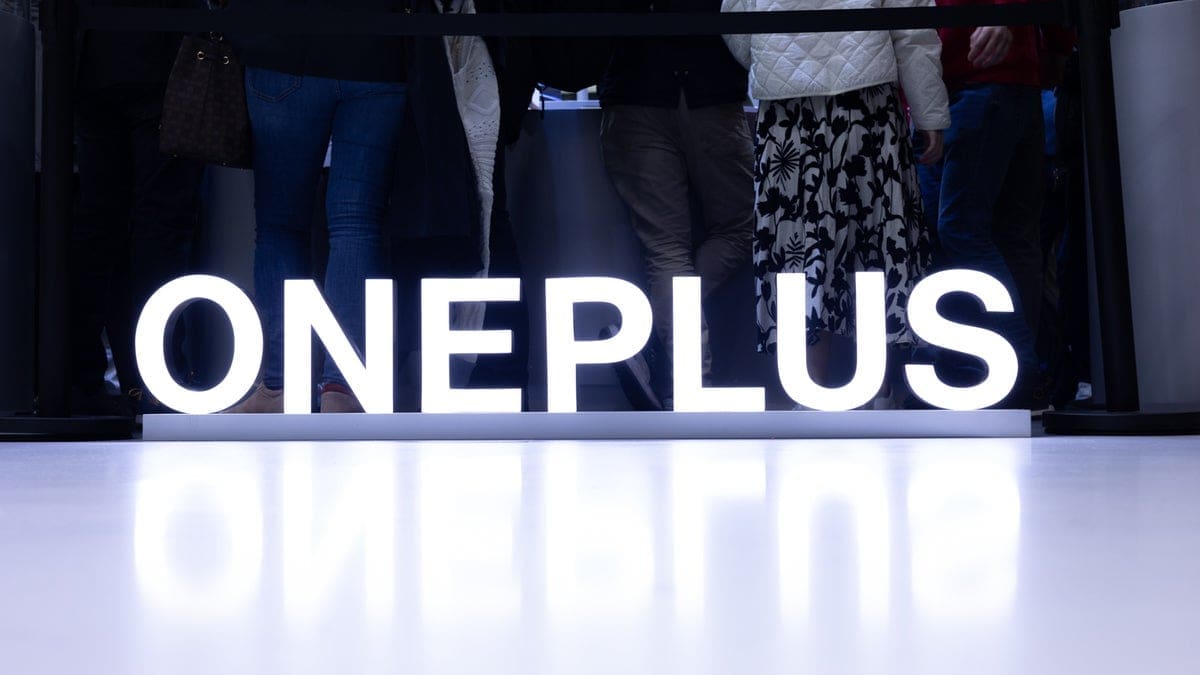The introduction of the Mate 60 series with its 5G chipset shocked the smartphone world.
The chip was reportedly made by China’s largest foundry, SMIC, which is limited to previous-generation lithography equipment. Still, with tools obtained from other companies, SMIC used its Deep Ultraviolet Lithography machine and was able to give Huawei the 5G chips its previous flagship phones were unable to use. The Mate 50 series from 2022 and the P60 line from earlier this year were powered by the Snapdragon 8+ Gen 1 SoC. Huawei received a license allowing it to buy the older but still powerful chip because it was tweaked so as not to support 5G signals.

The Huawei Mate 60 Pro
But thanks to the Mate 60 line and the Kirin 9000s AP, Huawei sent a jolt of electricity through the Chinese smartphone market which is the top smartphone market in the world ahead of India and the U.S. This has led Huawei to report that third-quarter profits soared 118% in the period to 26.4 billion yuan ($3.6 billion) despite only a small hike in sales to 145.7 billion yuan. Being able to use your own chips will greatly improve your profit margin.
Huawei’s phones have Chinese consumers buzzing but the company still struggles to regain its status in China.
In a statement, Huawei said, “We continue to optimize our management systems, improve the efficiency and quality of our operations, and refine our sales strategy and product mix. These actions have had a very positive impact on our profit margin.”










